
School portraits
Inga Walton sheds light on a portraiture collection usually only seen by students and teachers at Melbourne University.

Kate Beynon’s transcultural life and art
Phoebe Lupton profiles artist Kate Beynon, whose contemplative self portrait features in Archie 100: A Century of the Archibald Prize.

Wicked but Virtuous
Faith Stellmaker shares pioneering artist and restaurateur Mirka Mora’s lasting legacy on Melbourne’s art, dining and culture.
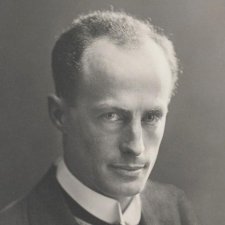
Staying home
True south #2Joanna Gilmour brings a mindful Douglas Mawson’s perspective to bear on the concept of isolation.
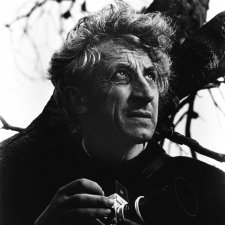
Giving a dam
True south #1Ensconced and meditative in crisp Tasmania, Joanna Gilmour pays tribute to passionate green advocate and photographer Olegas Truchanas.

Of plague and portraits
Corinna Cullen on the symbolic power of pandemic-related imagery over the ages.
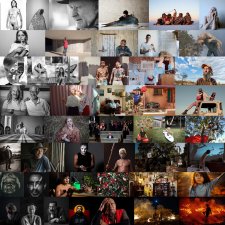
The eye and the heart
Nici Cumpston immerses herself in the collective vision of the National Photographic Portrait Prize 2020.

Christmas Island
This is my last Trumbology before, in a little more than a week from now, I pass to my successor Karen Quinlan the precious baton of the Directorship of the National Portrait Gallery.

The cost of living luxuriously
In 1904, the Dowager Empress Marie Feodorovna of Russia purchased as a gift for her sister, Queen Alexandra, a fan composed of two-color gold, guilloché enamel, mother-of-pearl, blond tortoiseshell, gold sequins, silk, cabochon rubies, and rose diamonds from the House of Fabergé in Saint Petersburg.
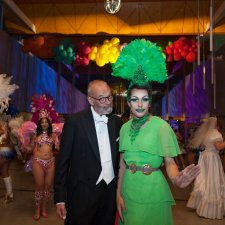
The National Portrait Gallery's 20th Anniversary
Last month we marked the twentieth anniversary of the formal establishment of the National Portrait Gallery, the tenth of the opening of our signature building, and the fifth of our having become a statutory authority under Commonwealth legislation.

The stately lotus
I spent much of my summer holiday at D’Omah, on the outskirts of Yogyakarta. Lotus and waterlilies sprout in extraordinary profusion in artful ponds amid palms and deep scarlet ginger flowers.

Maria Caroline Brownrigg
At first glance, this small watercolour group portrait of her two sons and four daughters by Maria Caroline Brownrigg (d. 1880) may seem prosaic, even hesitant

The Rothschilds, the Montefiores, and the Victorian Gold Rush
Some years ago my colleague Andrea Wolk Rager and I spent several days in the darkened basement of a Rothschild Bank, inspecting every one of the nearly 700 autochromes created immediately before World War I by the youthful Lionel de Rothschild.

Queen Victoria
Last Sunday I had the privilege of appearing at the Canberra Writers’ Festival in conversation with Julia Baird. The subject of our session was Julia’s recent biography, Victoria the Queen: An Intimate Biography of the Woman who Ruled an Empire.

The Viceroyalty of New Spain
European painters always enjoyed a good deal of latitude in the representation of angels, those asexual, bodiless, celestial regiments of God, so long as they were young and beautiful.
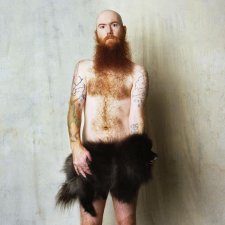
The National Photographic Portrait Prize turns ten
It is now a little more than 178 years since the French Academy of Sciences was made aware of the invention of the daguerreotype process.




